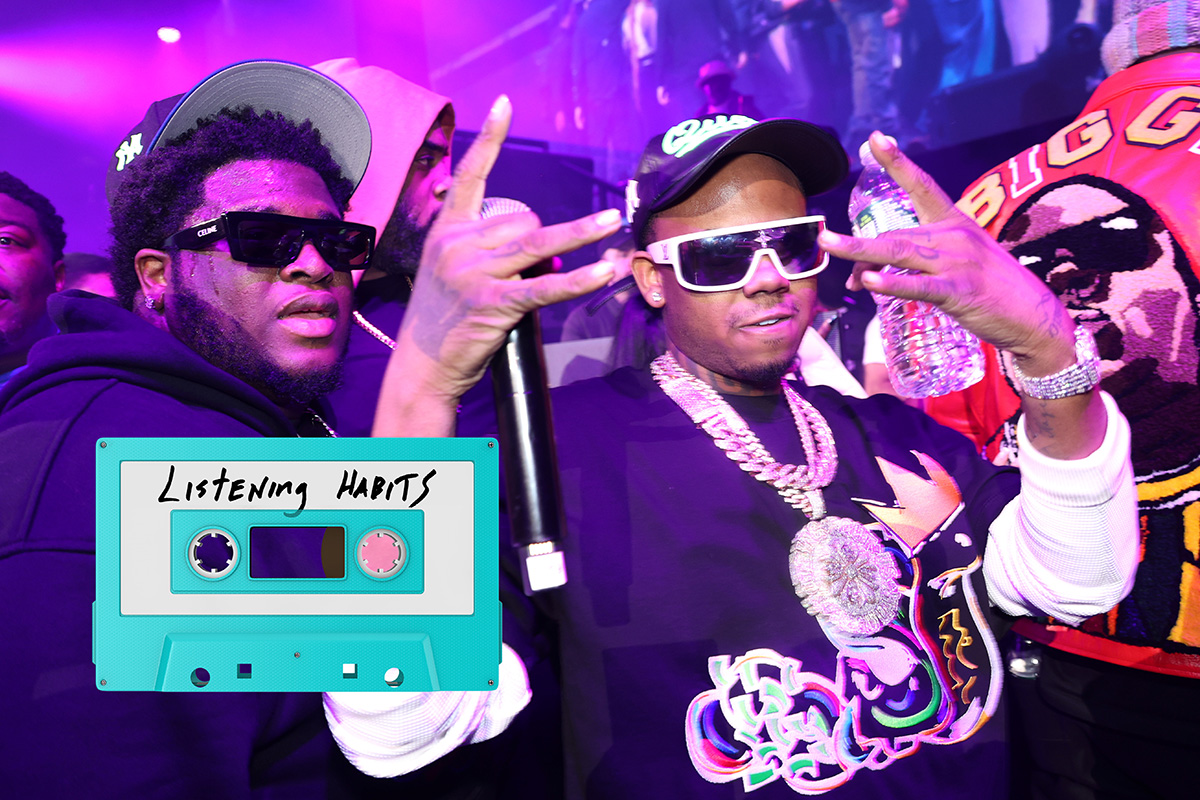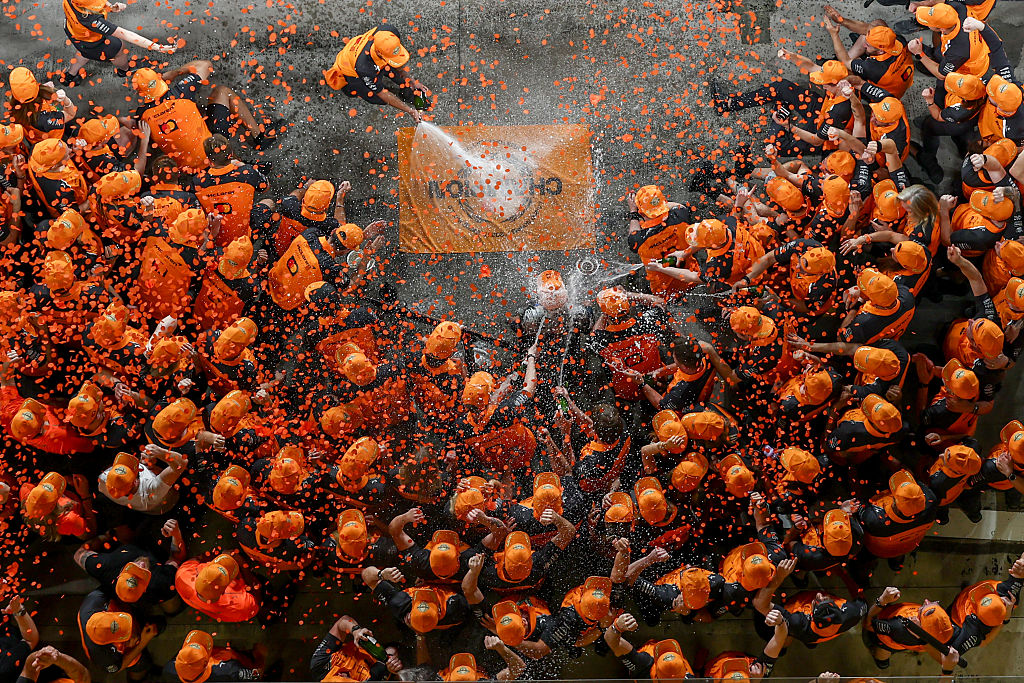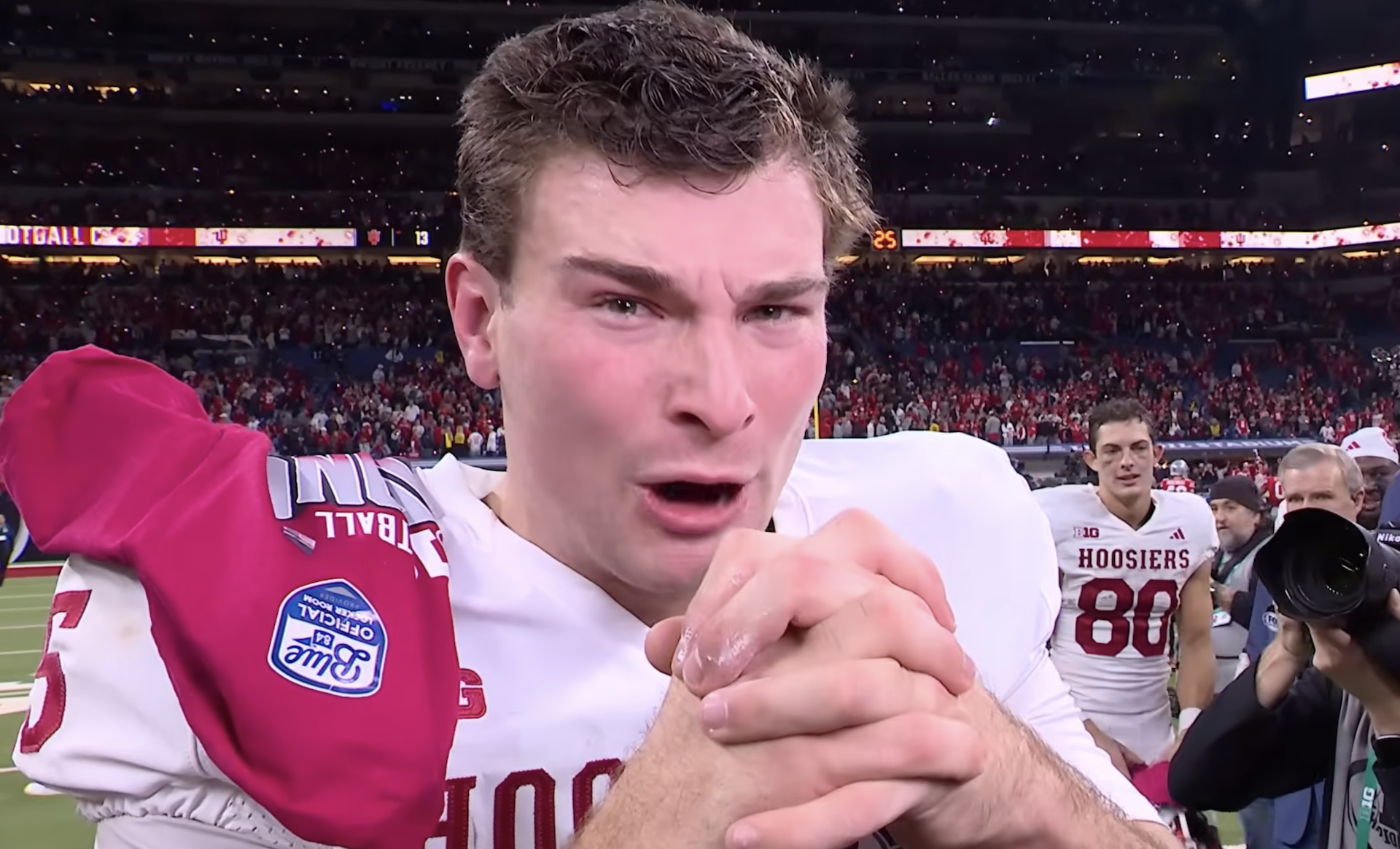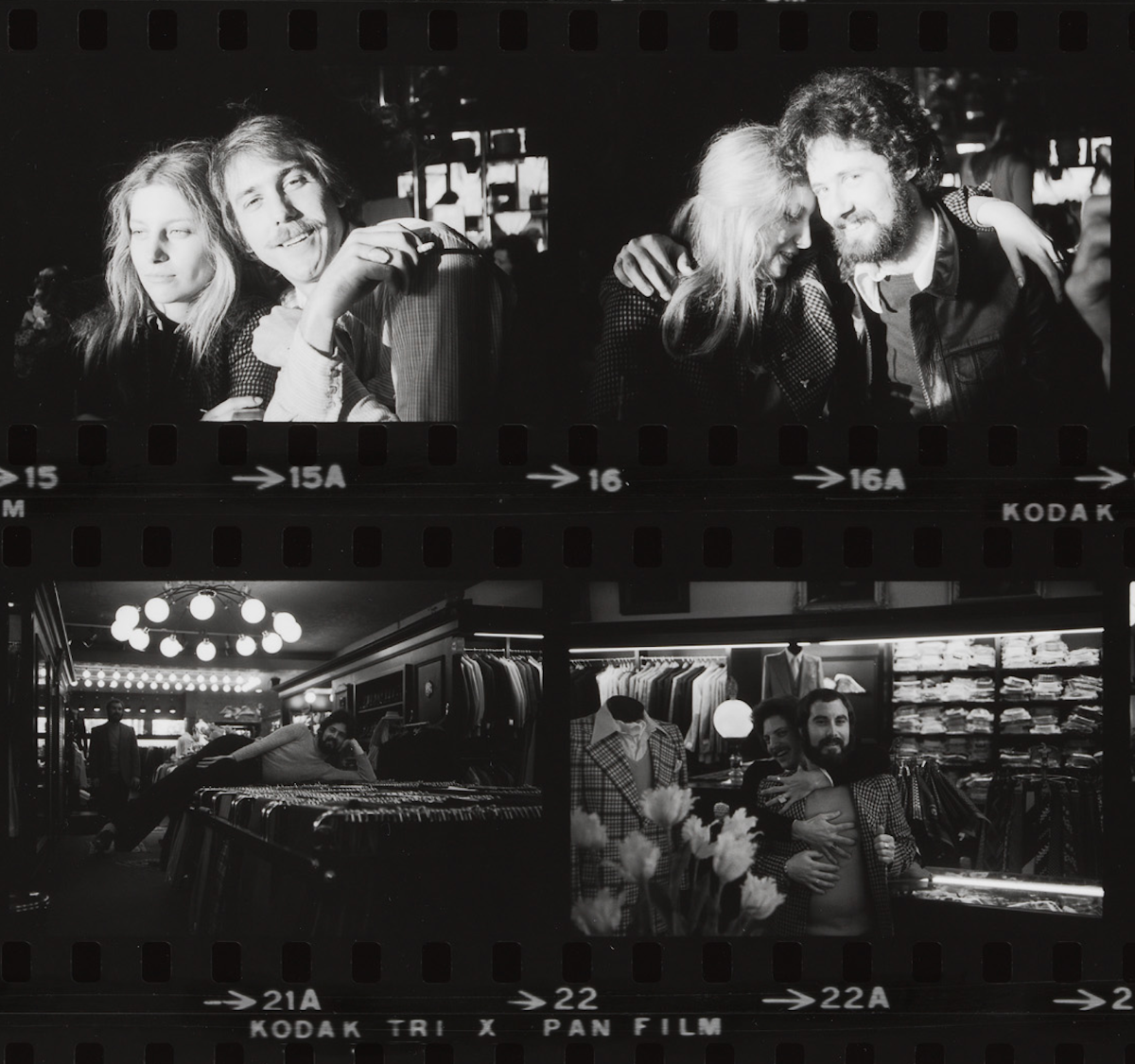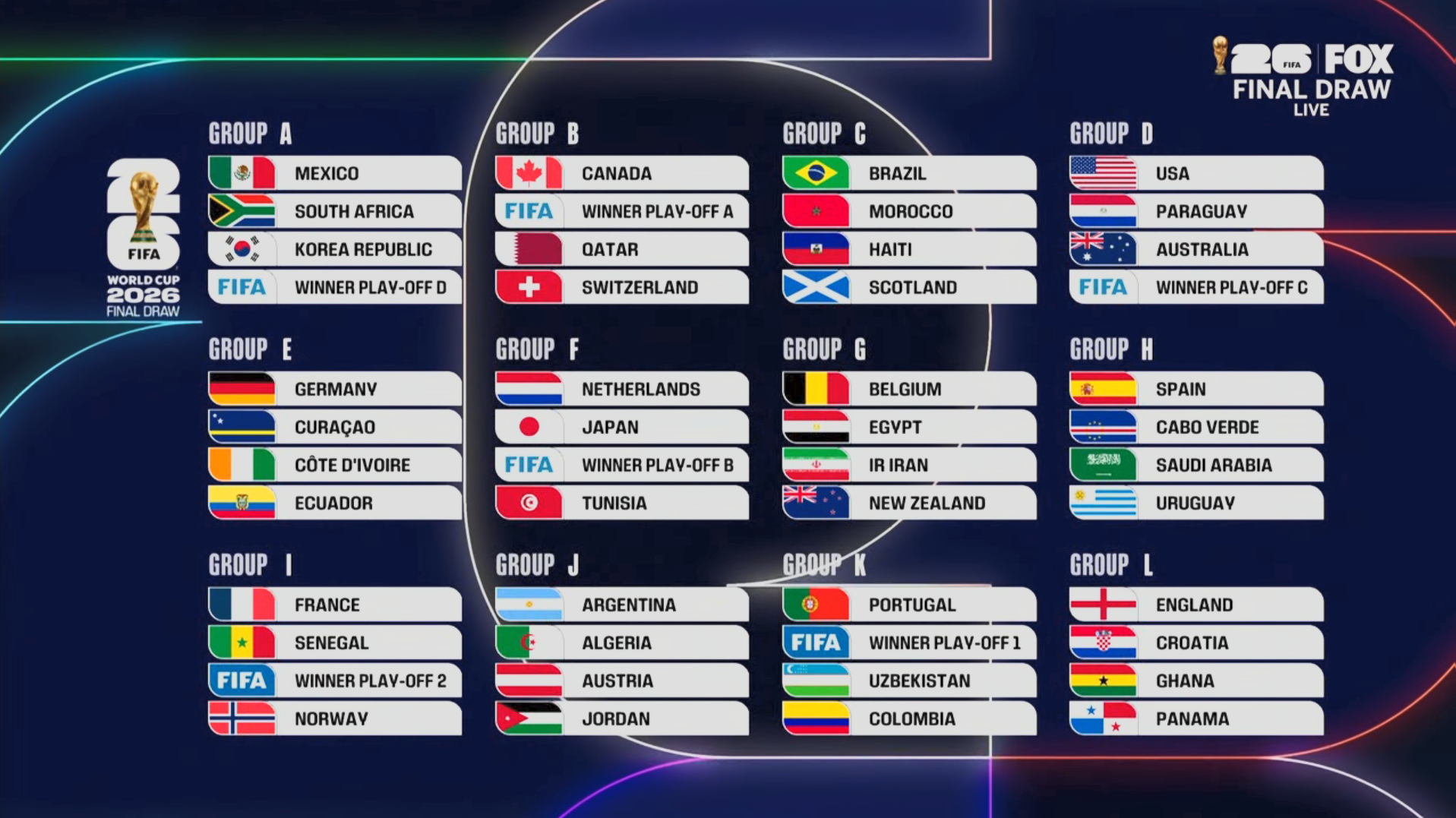Welcome to Listening Habits, a new column where I share the music I’ve been fixated on recently.
What is it like to make party and sex music in an age where people are doing both of those things a lot less? As a Southerner, and a Floridian specifically, I grew up on party rap music: the booty bass of Uncle Luke and 2 Live Crew, the cocaine energy of South Florida jook, the state's freak-flag fliers like T-Pain, Trick Daddy, Trina, Jacki-O, Khia, Plies, and Pretty Ricky. As the Spring Break state, partying and sex are all over our culture, and—controversial opinion—I enjoy both activities. Watching an increasingly isolated and antisocial society devalue the two has been disheartening, and when watching the constant anxiety attacks that are social media and the news, it's evident how much the culture could use a lot more partying and sex.
Ardent followers of the "Favorite Jams" section of Defector Music Club may have noticed that I have been really into NYC’s “sexy drill” scene. The scene is composed of a collective of young rappers who make club records and sex jams about the typically toxic relationships of 20-somethings, usually set to productions that recall '90s/'00s R&B, rap, and reggae. The ostensible leader of this pack would be Cash Cobain, who has essentially blueprinted the sound with his production work. But it also features fun and charming, if not always consistent, rappers like Vontee the Singer, Bay Swag, Baby Osama, Chow Lee, and 2300. On Valentine's Day, Lee and 2300 dropped the EP Girls Cum First!, which gets directly at what's most appealing about the sound.
As an NYC rap scene, sexy drill is a curious one. New York's overall drill scene is both distinctly local and a Frankensteined collage that takes bits from various subgenres from all over the map. The most central inspiration is of course Chicago's drill, but there’s also Jersey club music in there, New Orleans bounce, and a lot of post-Drake ghostly ethereal production flourishes. Not all of it is meant only for sweaty basement parties; a lot of it is great for driving around at night. Of course, there’s also a large nostalgia factor. That's the aspect that can be the hardest to evaluate. I tend to be suspicious of anything built too much on references to the past—it's often a way of cheating yourself into an audience, and it can be hard to differentiate whether the appeal is in how something old has been reworked into something new or if its purely about the old thing and your own personal associations with it.
But what I do love about sexy drill, and what I find most interesting, is how it addresses the question of how to make party music for a generation that doesn't party like before. Not even 10 years ago, records like “Dunk Contest” and “Favorite Lady” would’ve gone crazy in clubs, happy hours, and brunch spots all over the country. I don't want to be another person who presumes that no young people go out anymore, as I really can't say. But what's clear about Gen Z is that its culture doesn't reflect much of an interest in partying. Outside of a space like a strip club, I don't know where or how often the 20-somethings are coming across sexy drill out in the world, where it's clearly meant to be enjoyed. What’s the temperature in the room when it comes on? What is the youths' relationship to the samples and references to older traditions compared to mine? Hearing “Fisherrr” in a Brooklyn bar when it first came out and seeing the reaction to it was a good rush. We all could use more of it.
Twin Peaks' 10 Best Music Moments, Ranked
Ever since David Lynch died and our world went to shit, I have been obsessively revisiting his filmography—rewatching the movies and the shows, going to screenings around the city, seeking out the docs and interviews, reading his books. Most importantly, I have been rewatching Twin Peaks, getting lost in its chaotic universe and exploring my relationship to a crumbling society through the show’s eyes.
Twin Peaks was a mystery show, but more specifically it was a show about mystery itself, and how it can be a magic portal to a world both exciting and terrifying. The music plays a key role to the structure of this meticulously crafted world and vibe. You could say the same about all of Lynch’s work, from “In Heaven” in Eraserhead to Rebekah Del Rio singing “Llorando (Crying)” in Mulholland Drive to the "Do The Locomotion" sequence in Inland Empire, but music was especially vital to Twin Peaks. It starts with Angelo Badalamenti’s gorgeous score, and the theme song that transplants you into its solar system. There's also the use of show tunes and jazz, the dopey teenage love song “Just You,” the Roadhouse performances of The Return, and the queen of the Roadhouse Julee Cruise and her tender fever-dream ballads that somehow fit a biker bar where teenagers come to buy drugs.
With that in mind, below are 10 of the best music moments in Twin Peaks, with some caveats: 1) Diegetic songs only, so none of Badalamenti’s score (except when acknowledged within the show like “Audrey’s Dance”); 2) I wanted to be selective with picking from The Return's Roadhouse performances, so just because one's not acknowledged doesn’t mean it isn't great; 3) I could make this whole list out of Julee Cruise performances, but that would be boring, so I just chose my two (technically three) favorites and combined them into one entry.
10. Leland Palmer singing “Getting To Know You” by Julie Andrews, in “Demons" (Season 2, Episode 6)
9. Chromatics - “Shadow” in The Return (Part 1)
8. Jimmy Scott - “Sycamore Trees” in “Beyond Life and Death” (Season 2, Episode 22)
7. The Man from Another Place's dance in “Zen, or The Skill to Catch a Killer” (Season 1, Episode 3)
6. James, Maddy, and Donna singing “Just You” in “May The Giant Be With You” (Season 2, Episode 1)
5. Nine Inch Nails - “She’s Gone Away” in The Return (Part 8)
4. The Pink Room sequence by Angelo Badalamenti in Fire Walk With Me
3. “Audrey’s Dance” by Angelo Badalamenti in “Traces to Nowhere” (Season 1, Episode 2) and The Return (Part 16)
2. Leland Palmer singing “Mares Eat Oats” in “May The Giant Be With You” (Season 2, Episode 1)
1. Julee Cruise - “The World Spins” in “Lonely Souls” (Season 2, Episode 7) and The Return (Part 17); “Questions in a World of Blue” in Fire Walk With Me
How Ja Rule’s Music Rose Like A Phoenix
Irv Gotti died earlier this month from a stroke caused by diabetes. Born Irving Lorenzo in 1970 in Queens, N.Y., Gotti made his name as an A&R who served as the (very loud) megaphone that helped Jay-Z, DMX, and Ja Rule make their names in the rap game. He was a DJ for Jaz-O during the "Hawaiian Sophie" era, an A&R for Def Jam, and the founder of the label Murder, Inc. He sold millions of records, got arrested by the feds for his relationship to a notorious '80s drug kingpin, went to (rap) war against 50 Cent, and later made some shows for BET of varying quality.
Gotti was a loudmouth. He was at times way too verbally aggressive for his own good. He seemed a little too enamored with his Suge Knight impression. His relationship with his label's artists was not always the healthiest. Nevertheless, he was a true hip-hop legend, who helped put on three of the genre's biggest artists, helped get Jennifer Lopez two of her biggest hits, and gave us Ashanti and Lloyd. And he was also one of black music’s best storytellers.
But let's talk about his main artist, Ja Rule. Gotti met Ja very early into both of their careers. Ja wasn’t yet 20 years old, but he had a lot of energy and a big voice and he could rap. Ja Rule played a big part in how Gotti ended up as an A&R at Def Jam, because Lyor Cohen wanted him more than the other guys in his rap crew at the time, Cash Money Click. But Ja had to develop for a while, as Gotti put his attention to helping Jay-Z and Roc-A-Fella and then DMX and the Ruff Ryders. Ja got his first break when he made the song “Can I Get A…” and gave it to Jay-Z. His guest verse was memorable, as was his shirtless performance in the video. He got the opener spot on the Hard Knock Life tour and eventually got to make his first album, Venni Vetti Vecci, which was fine. It had “Holla Holla.” It was cool. It was a little bit like a poor man’s DMX album, a fact that pissed off both X and Ja, who resented being compared to anyone. The Ja Rule Sound would not emerge until his next album, where he decided he needed to pivot toward a style that would separate him from every other rapper out. Thanks to a summer spent in Los Angeles (and allegedly a whole lot of experimenting with ecstasy), that sound would be born starting with “Put It On Me,” a song for his wife, and “Between Me and You,” a song for all the women who were not his wife.
Looking back on the Ja Rule era more than 20 years later, I have to admire the man for being bold enough to do something so pop and so counter to the prevailing ethos of rap, even at that time when rappers couldn’t wait to sell out for a platinum plaque. The sound was so candied and radio-friendly, and advocated a position that making a Top 40 hit was more important than keeping it hip-hop, whatever that still meant. Lyor Cohen basically hated "Put It On Me," which made Gotti question his confidence in the direction. But the song ultimately proved to be every bit the Top 40 smash it was designed to be, and for a good five years, Ja Rule and Murder, Inc. were the sound of hip-hop radio.
This created a whole lot of resentment—from people like me, who were extremely pretentious about rap music, from people who maybe resented the fact that rap aimed at women was blowing up the charts, from other rappers who didn’t make TRL-baiting fluff, and from a specific rapper who had just been shot nine times, by people who may or may not have been associated with some people associated with Murder, Inc.
And yet years later, starting when I got to college and would go to parties, my associations with the music changed. The DJ would play old Ja Rule records and the room would consistently go crazy. Whether it was “Put It On Me,” “Down Ass Chick,” or “Always On Time,” the Ja Rule Sound was the perfect early-hours mood setter to get people off their feet. I found that the seething rage I once felt hearing those songs on the radio had suddenly gone away, particularly as I watched girls dancing to those songs in real time. It’s not just that they’ve aged well, but they feel like my generation’s cookout music: songs to be played at family reunions and weddings and picnics.
What strikes me about those songs now is how Ja's raspy crooning feels so earnest and sweet and endearing, and also how they're all just perfectly written, particularly the hooks. They’re records that will appeal to everyone, and you appreciate that more as a grown-up than you did as, say, a 14-year-old snobby dogmatist. And, for better or for worse, the Ja Rule formula ended up a more crucial contributor to the DNA of contemporary rap than 50 Cent’s has. Drake is Ja Rule's most obvious descendent, and much like Ja, Drake's songs will probably be with us forever, too. The power of a good song is that they outlast the criticisms and the drama. And Ja Rule helped make Irv Gotti’s legacy outlast himself.
